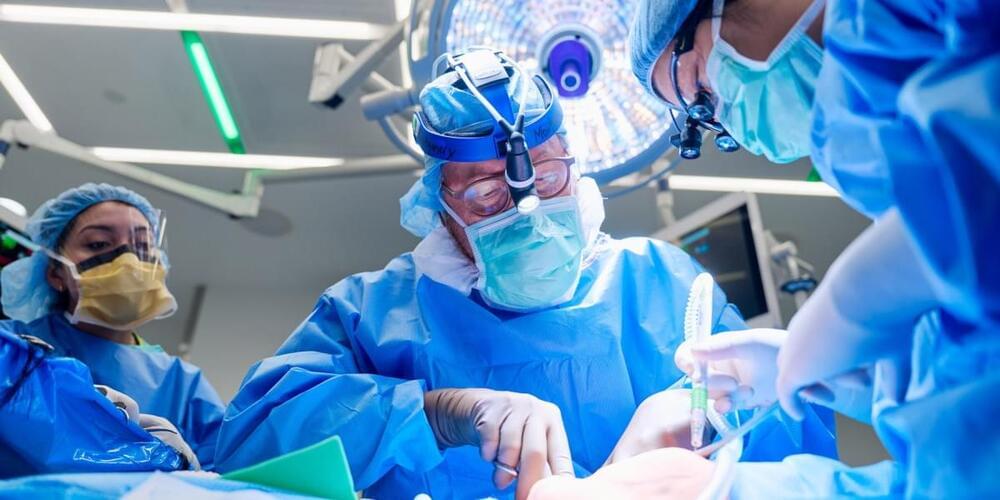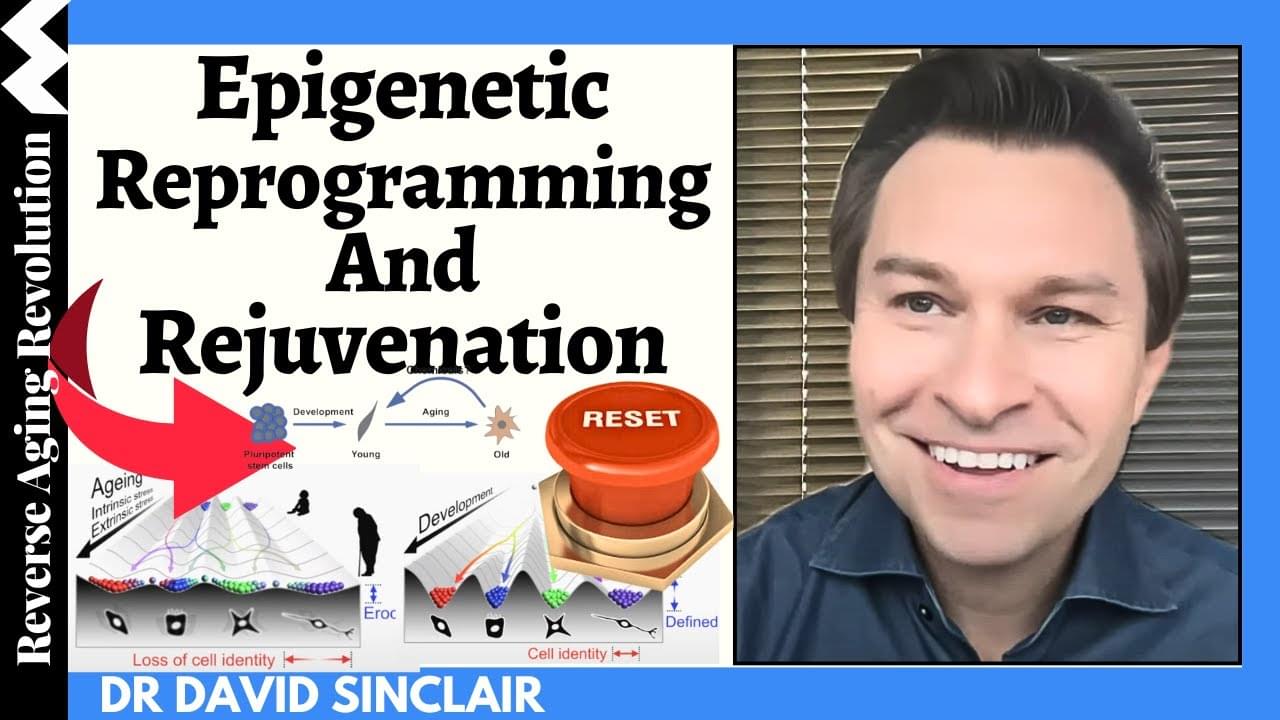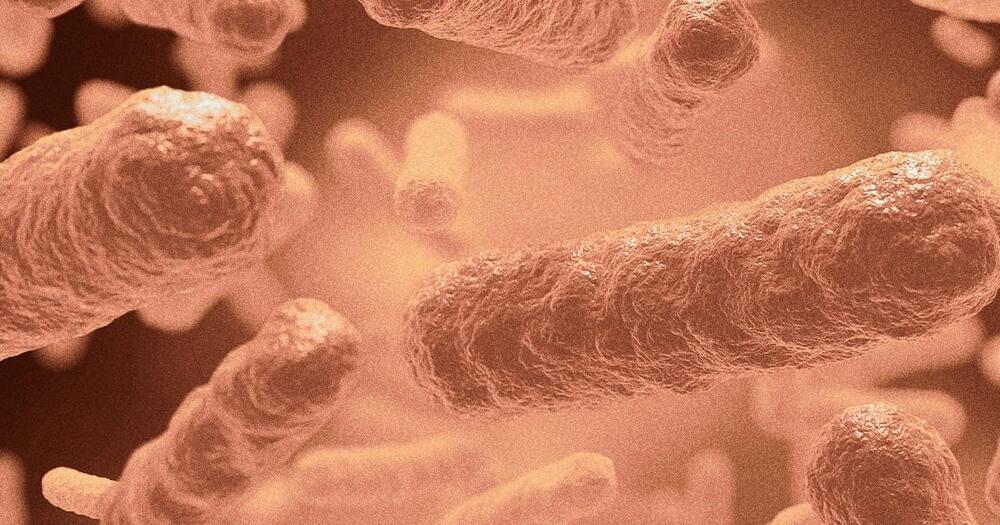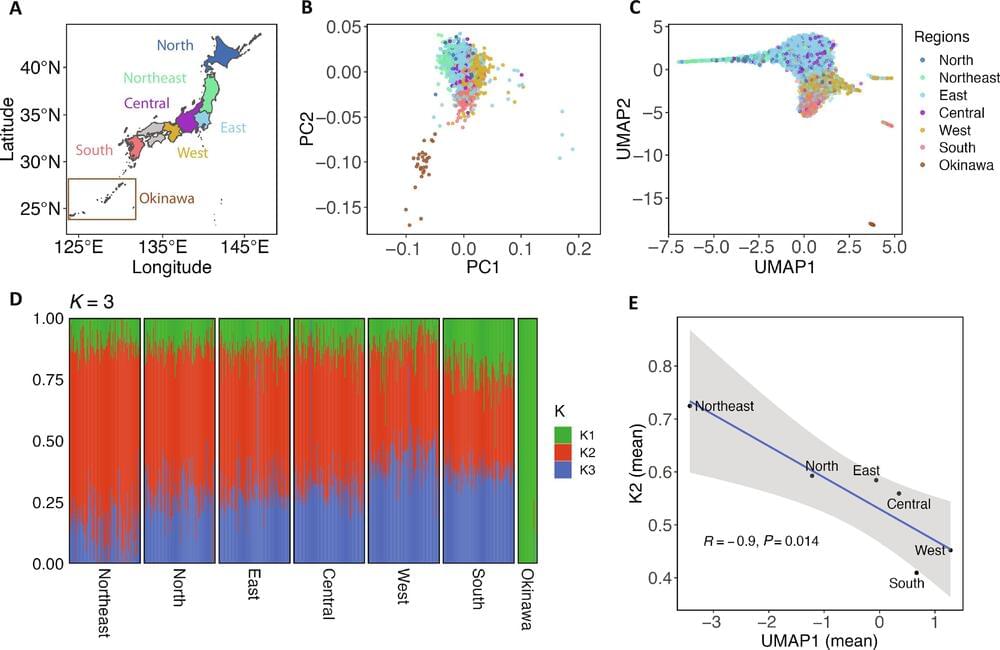Lack of genetic variation is never good for species survival.
Category: genetics – Page 55
Scientists champion global genomic surveillance using the latest technologies and a ‘One Health’ approach to protect against novel pathogens like avian influenza and antimicrobial resistance, catching epidemics before they start.
The COVID-19 pandemic turned the world upside down. In fighting it, one of our most important weapons was genomic surveillance, based on whole genome sequencing, which collects all the genetic data of a given microorganism. This powerful technology tracked the spread and evolution of the virus, helping to guide public health responses and the development of vaccines and treatments.
But genomic surveillance could do much more to reduce the toll of disease and death worldwide than just protect us from COVID-19. Writing in the journal Frontiers in Science, an international collective of clinical and public health microbiologists from the European Society for Clinical Microbiology and Infectious Diseases (ESCMID) calls for investment in technology, capacity, expertise, and collaboration to put genomic surveillance of pathogens at the forefront of future pandemic preparedness.
Cognitive decline and dementia already affect more than 55 million people worldwide. This number is projected to skyrocket over the next few decades as the global population ages.
There are certain risk factors of cognitive decline and dementia that we cannot change – such as having a genetic predisposition to these conditions. But other risk factors we may have more power over – with research showing certain modifiable lifestyle habits, such as smoking, obesity and lack of exercise, are all linked to higher risk of dementia.
What role nutrition plays in preventing cognitive decline and dementia has also been the focus of scientific research for quite some time.
Thsi is a year old. But at 27 minutes David gets asked a couple fo “when” questions.
Dr. David Sinclair presents the progress of epigenetic reprogramming and rejuvenation in this video. He’s also answering questions on when he thinks the rejuvenation therapy be available in the Q\&A session at the end of the presentation.
00:54 Presentation.
The International Space Station has long been known as a unique — and uniquely gross — environment. But according to a new NASA study, it has stuff growing on it that is straight-up alien, too.
In a press release, NASA said that when scientists from the Jet Propulsion Lab looked at samples of the drug-resistant Enterobacter bugandensis bacteria found on the orbital outpost, they found that the strains had mutated into something that literally doesn’t exist on Earth.
“Study findings indicate that under stress, the ISS isolated strains were mutated and became genetically and functionally distinct compared to their Earth counterparts,” the press release reads. “The strains were able to viably persist in the ISS over time in significant abundances.”
A multi-institutional team of geneticists and genomic and genotyping specialists in Japan has sequenced the genomes of thousands of Japanese people from across the country, looking to settle the debate surrounding the ancestry of the Japanese people.
Although schizophrenia can be a very complex illness some new studies show that some major genetic factors could be the cause and then cured much easier through gene therapy.
Summary: Researchers leveraged cutting-edge technology to gain insights into schizophrenia’s neurodevelopmental origins. The researchers grew brain organoids from patients’ skin cells, finding persistent axonal disruptions in those with schizophrenia.
In another study, researchers zeroed in on a schizophrenia risk gene, CYFIP1, revealing its potential role in brain immune cells called microglia and their influence on synaptic pruning – a crucial process for brain health.
I found this on NewsBreak: Decoding the Mysteries of Life and the Cosmos: A Journey Through the Last Decade of Science.
By: Jason St Clair.
It’s worth reflecting on the scientific breakthroughs that have shaped our understanding of the universe and ourselves from 2010 to 2019. From the creation of synthetic life to the first glimpse of a black hole, these discoveries remind us of the indomitable human spirit and our unending quest for knowledge.
In 2010, scientists at the J. Craig Venter Institute played the role of cosmic composers, creating the first living organism with a completely synthetic genome. This milestone marked the first step in producing artificial life, a symphony of genetic notes designed in a computer, assembled in a lab, and brought to life in a donor cell. It was a testament to our growing mastery over the building blocks of life itself.









